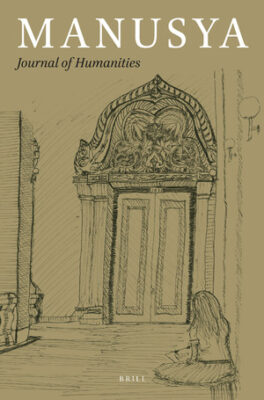The “scar art” of the 1980s mainly came from reflection on and criticism of the entire society. In 1990s China, influenced by both Western modernism and postmodernism,a phenomenon of “Teasing and Irony” emerged in contemporary Chinese art. At this time, contemporary art began to present a state of deconstruction from poetry, novels,film and television, art, performance art, conceptual art and so on, to people’s real lives. Deconstruction of aThe “scar art” of the 1980s mainly came from reflection on and criticism of the entire society. In 1990s China, influenced by both Western modernism and postmodernism, a phenomenon of “Teasing and Irony” emerged in contemporary Chinese art. At this time, contemporary art began to present a state of deconstruction from poetry, novels, film and television, art, performance art, conceptual art and so on, to people’s real lives. Deconstruction of authority and of classics became the pursuit of the times. The emergence of this cultural trend of Teasing and Irony involved a game of power and discourse. There were also expressions of criticism, ridicule, irony and kitsch, forming an abnormal postmodern narrative aesthetic that formed the main ecology of contemporary Chinese art in the 1990s.
The Image Rhetoric and Narrative Aesthetics of “Teasing and Irony” in Contemporary Chinese Art
Keywords
contemporary art; teasing and irony; image rhetoric; narrative strategy; narrative aesthetics
Abstract
DOI
- Issue: Vol 27
section: Articles
section: Articles

